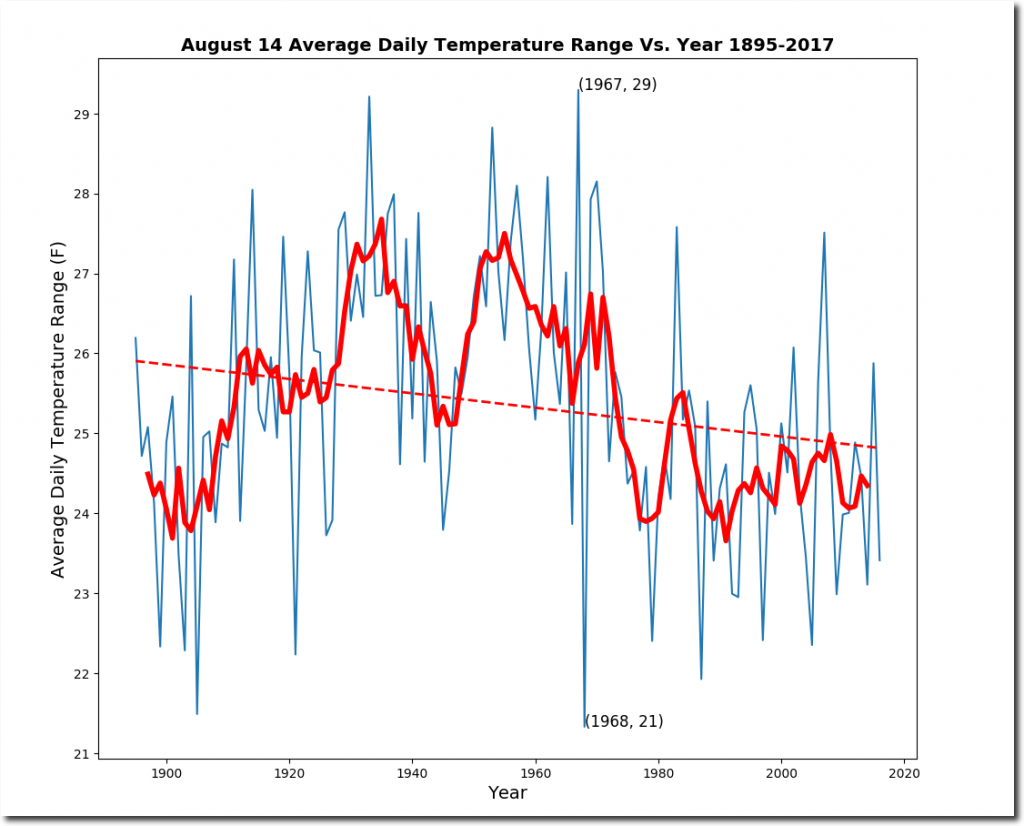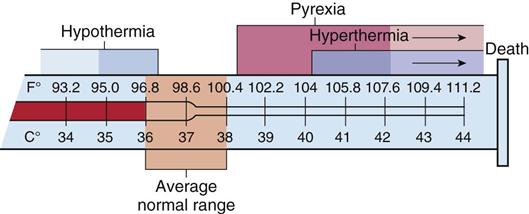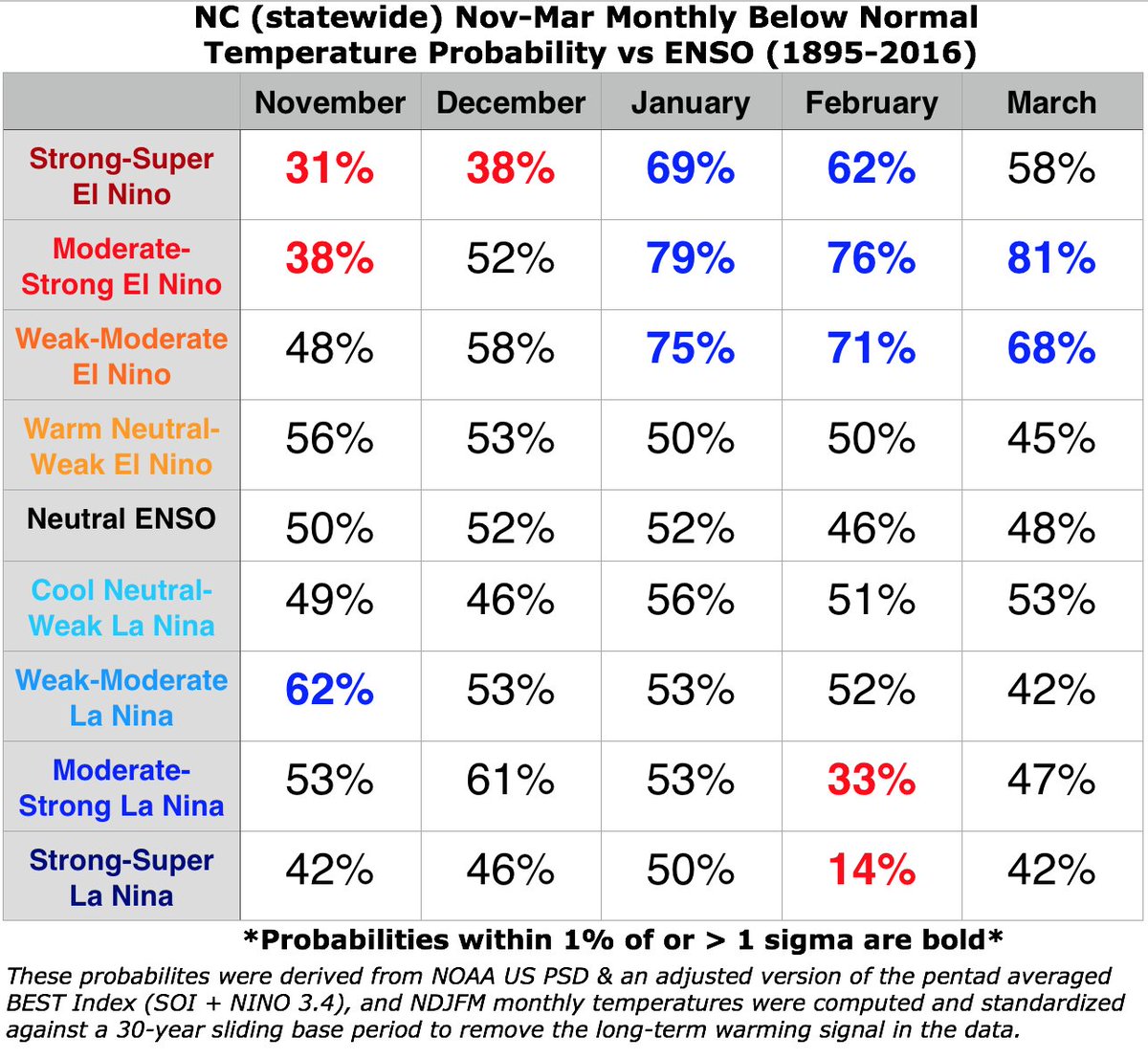
#Normal temperature range skin#
In humans, an integration of core and skin temperatures for the control of sweating was demonstrated by Nadel et al. In fact, the authors reported that hypothalamic heating could not initiate sweating when the monkeys had equilibrated at ambient temperatures below 25☌, even though hypothalamic temperature would reach 40☌ ( Smiles et al., 1976). Tracings from an individual monkey illustrating this relationship are presented in Figure 13.3. These data clearly demonstrate that a lower skin temperature elevates the hypothalamic temperature at which sweating begins, without affecting the subsequent slope of the relationship. In contrast, the lower ambient temperature resulted in a skin temperature of ~ 36.82☌ and it was estimated that sweating only began at a hypothalamic temperature of ~ 38.83☌. When examining mean values, the higher ambient temperature elicited a skin temperature of ~ 37.62☌ and it was estimated that sweating began at a hypothalamic temperature of ~ 38.46☌. To examine the effect of skin temperature upon this relationship, monkeys were evaluated under ambient temperatures of 38☌ and 36☌. J 3Appl Physiol 40: 653–657, with permission from the American Physiological Society.) (Reproduced from Smiles KA, Elizondo RS, Barney CC (1976) Sweating responses during changes of hypothalamic temperature in the rhesus monkey. However, a lower skin temperature (T sk) shifts this relationship to the right as it elevates the hypothalamic temperature at which sweating begins without affecting the slope of the relationship (filled symbols). Sweating increases linearly with an increase in hypothalamic temperature (open symbols). Representative tracing of the relationship between sweat rate and hypothalamic temperature of a rhesus monkey. Low-grade fever during COVID-19 convalescence: A report of 3 cases. Body temperature correlates with mortality in COVID-19 patients. cdc.gov/coronavirus/2019-ncov/symptoms-testing/symptoms.html Is temperature a good marker for COVID-19? /medical-services/infectious-disease/coronavirus/is-temperature-a-good-marker-for-covid-19/

health/conditions-and-diseases/coronavirus/coronavirus-symptoms-frequently-asked-questions Coronavirus questions: Frequently asked questions. Prevalence and characteristics of fever in adult and paediatric patients with coronavirus disease 2019 (COVID-19): A systematic review and meta-analysis of 17515 patients. The prevalence of symptoms in 24,410 adults infected by the novel coronavirus (SARS-CoV-2 COVID-19): A systematic review and meta-analysis of 148 studies from 9 countries. Covid-19 screening: Are forehead temperature measurements during cold outdoor temperatures really helpful? /pmc/articles/PMC7582437/ cdc.gov/quarantine/air/reporting-deaths-illness/definitions-symptoms-reportable-illnesses.html
#Normal temperature range how to#
Thermometers 101: How to check temperature during COVID-19 pandemic. en-us/care-support/covid-19-resources/fever-and-covid-19.html

You can learn more about how we ensure our content is accurate and current by reading our editorial policy. Healthline has strict sourcing guidelines and relies on peer-reviewed studies, academic research institutions, and medical associations. The authors conclude that over 50 percent of children under 18 years old with COVID-19 presented without fever. They found that 45.86 percent of 373 children in China experienced fever. Researchers also noted that fever was less likely to occur in children, especially during the early days when symptoms begin. Low- and medium-grade fevers were also more likely to occur in this population than high fevers. Of all the adult participants, 79.43 percent ran a fever during their illness.

Others spike very high fevers.Ī large review of multiple studies across nine countries observed 24,420 adults with COVID-19, and 78 percent ran a fever at some point during their illness.Ī later review of studies involving 17,515 adults and children with COVID-19 uncovered similar results. Some people who test positive never run a fever. As common a symptom as fever is, there is no definitive temperature range for this condition.

In addition to being new, COVID-19 has often been unpredictable.


 0 kommentar(er)
0 kommentar(er)
